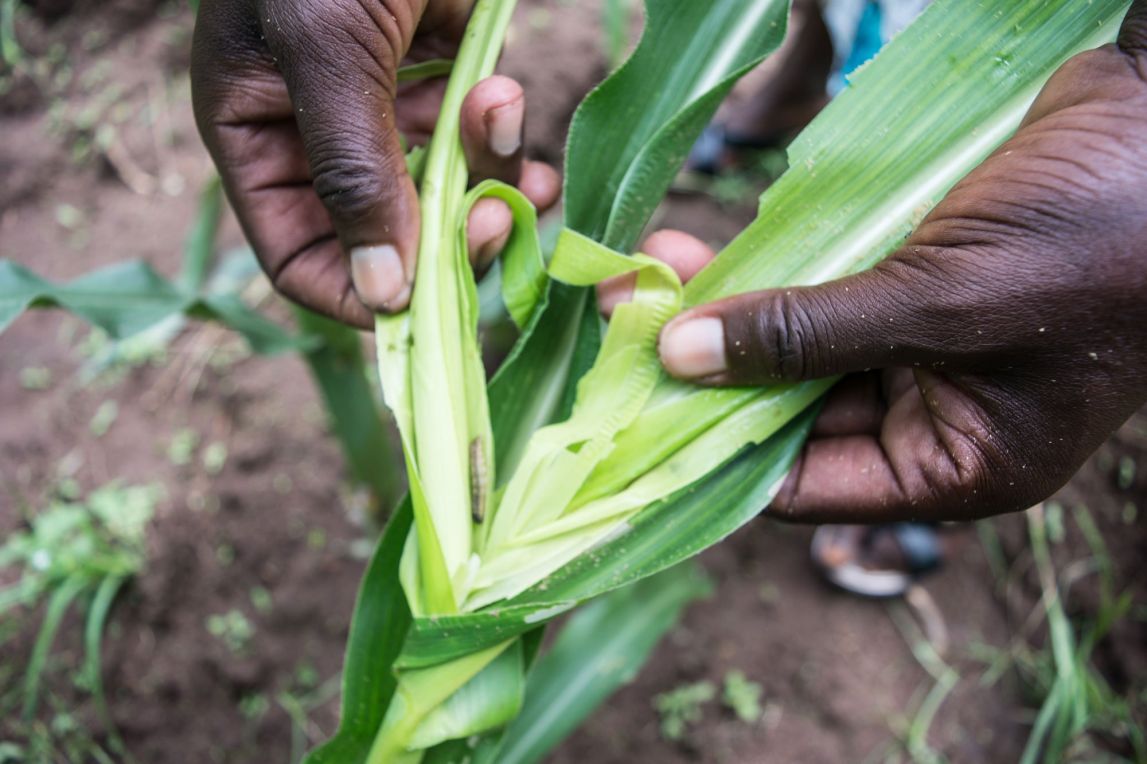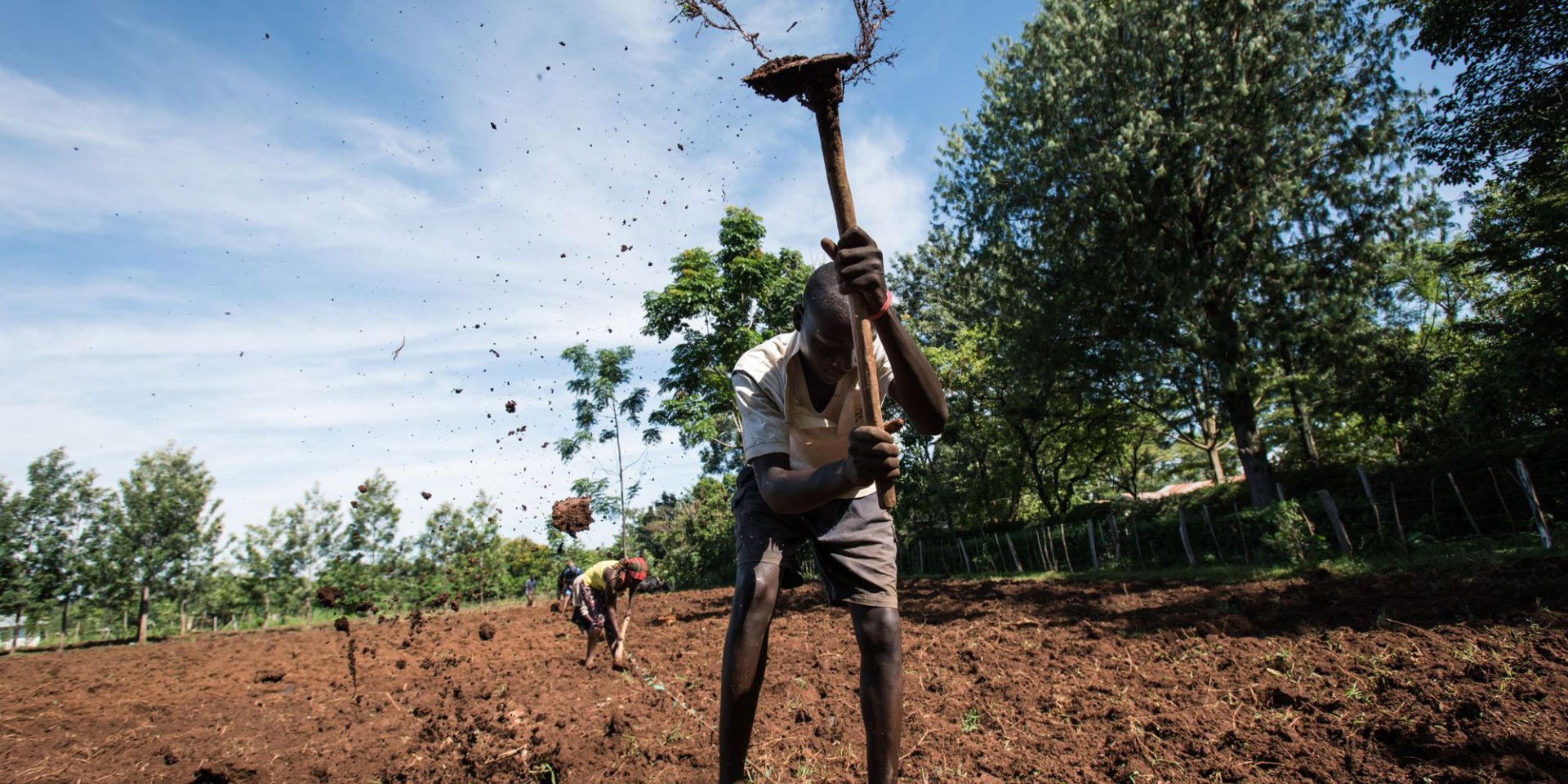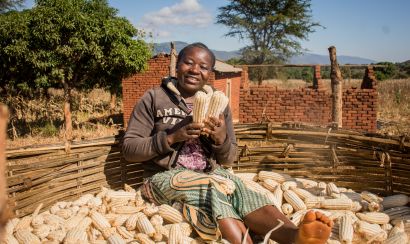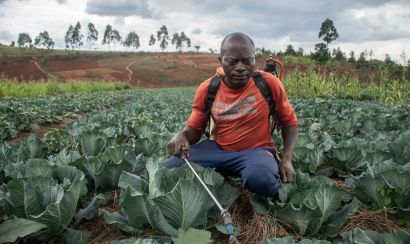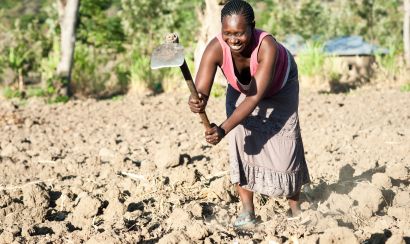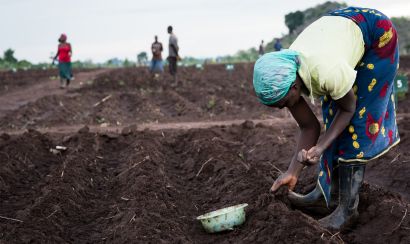Smallholder Farmers are Key to Food Security
This article first appeared as an Op-Ed in Kenya's Daily Nation. Click here to see the original.
For a long time, Kenya’s agricultural sector has suffered from under-investment, leading to pockets of chronic hunger, particularly in rural areas. That is why President Uhuru Kenyatta’s plans to improve food security and nutrition in his second term are welcome. The President’s strategy primarily involves bringing idle, government-owned farmland into production and a new taxation scheme to discourage private owners from leaving their arable land unused.
Smallholder farmers produce the majority of the nation’s food crops but their yields significantly lag behind. To truly address hunger, we have to think about how to maximize their productivity. Agriculture has an outsized effect on Kenya’s economy — 74% of the population lives in rural areas and relies on farming for their food and income, and the sector accounts for about a quarter of gross domestic product.
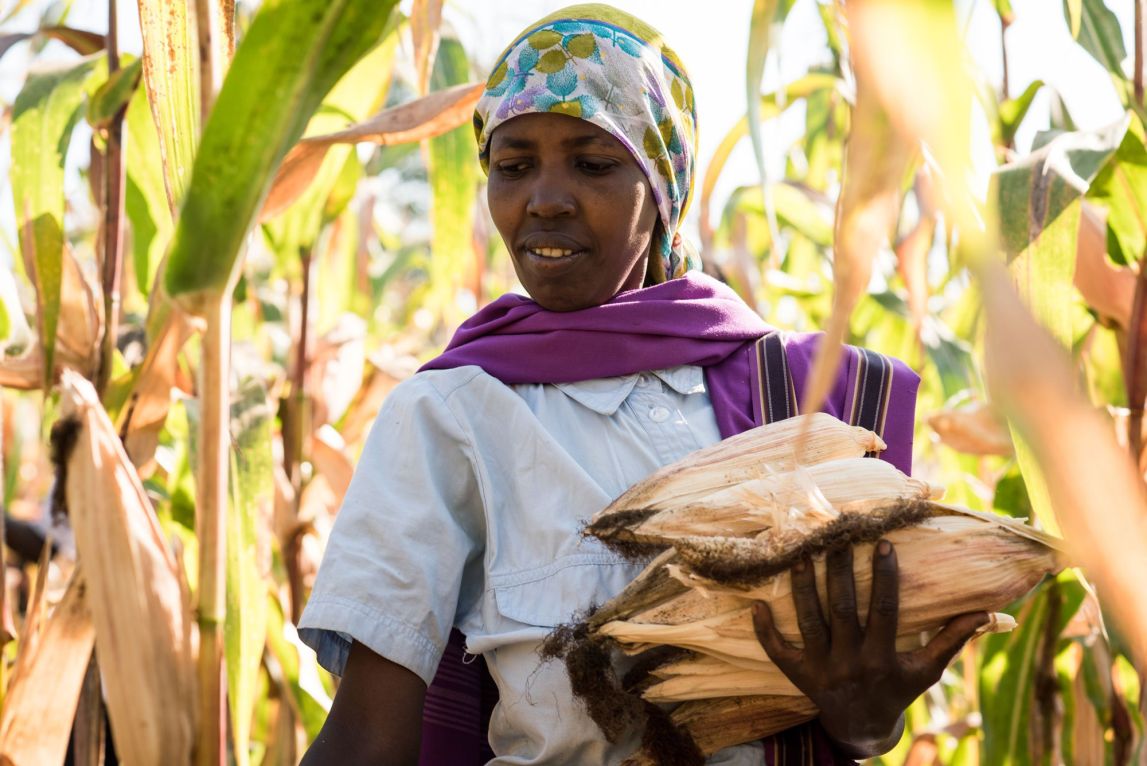
Producers
Yet our farmers only harvest about 1.7 metric tonnes of maize per hectare of land, according to the latest five-year average from the United Nations Food and Agriculture Organisation (FAO). That’s 20% less than farmers globally, and five times smaller than a typical harvest in North America. It’s even below several other producers in the region, including Uganda, Zambia, and Rwanda.
So why aren’t Kenya’s smallholder farmers maximising their potential? The answer is that their job is incredibly difficult and they lack the necessary resources. Quality seeds and fertiliser are two of the biggest determinants of higher crop yields. Yet smallholder farmers, who live from hand to mouth, are usually unable to consistently access these crucial inputs before the planting season. Government subsidies, which are meant to lessen the financial burden, are also often inefficient at targeting the farmer populations.
The solution includes providing quality farm inputs on credit and delivering them within walking distance of every farm; offering training on improved agricultural techniques; and providing market facilitation to maximise farm profits and minimise post-harvest losses. This can see farmers’ production more than double in the first year.
Positive Change
To improve food security, the government should adopt more solutions that directly benefit smallholder farmers. One way the government could help catalyze positive change would be by forming partnerships – such as the national crop insurance program we started working on with the Ministry of Agriculture last year – to bring much-needed agricultural training and financing to a greater number of rural communities. The government could also consider improving the efficiency of its input subsidy programmes so that more farmers receive timely access to seeds and fertilizer. Another way would be to improve agricultural extension programmes in a bid to keep farmers better informed about new innovations and techniques to increase their yields.
Fall Armyworm
For example, a number of new hybrid, non-GMO seeds on the local market can give bigger yields but many farmers still use decades-old varieties that don’t perform well. Newer crop varieties can be more drought-tolerant and mature faster, reducing the risks of crop failure in extreme weather.
The fall armyworm outbreak across Africa has shown the need to be vigilant about crop diseases and pests. A robust extension programme would create a direct link between government agricultural experts and farmers.
